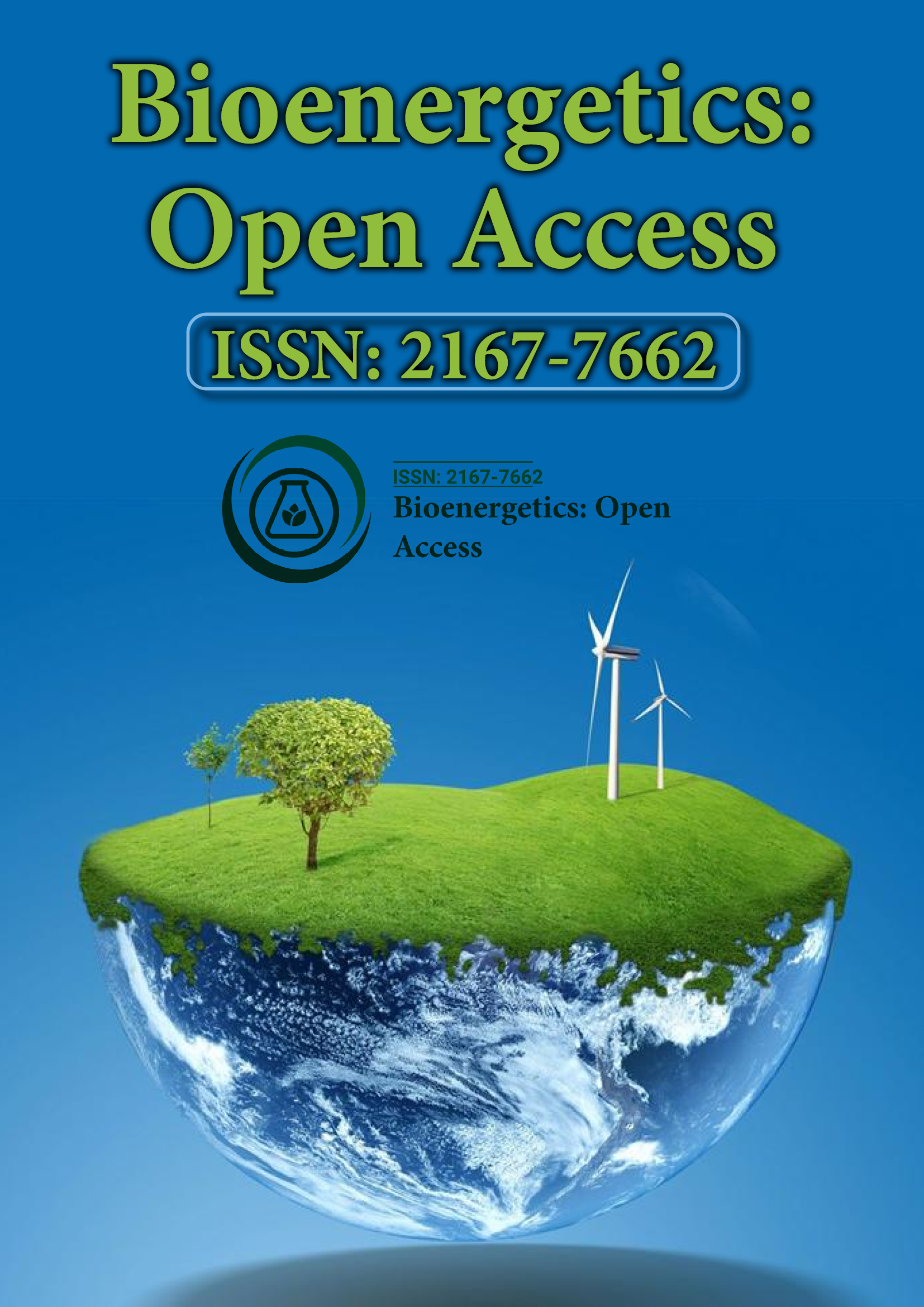Indexed In
- Open J Gate
- Genamics JournalSeek
- Academic Keys
- ResearchBible
- RefSeek
- Directory of Research Journal Indexing (DRJI)
- Hamdard University
- EBSCO A-Z
- OCLC- WorldCat
- Scholarsteer
- Publons
- Euro Pub
- Google Scholar
Useful Links
Share This Page
Journal Flyer

Open Access Journals
- Agri and Aquaculture
- Biochemistry
- Bioinformatics & Systems Biology
- Business & Management
- Chemistry
- Clinical Sciences
- Engineering
- Food & Nutrition
- General Science
- Genetics & Molecular Biology
- Immunology & Microbiology
- Medical Sciences
- Neuroscience & Psychology
- Nursing & Health Care
- Pharmaceutical Sciences
Perspective - (2024) Volume 12, Issue 4
Advanced Crosslinked Multilayer Biomembranes for Bioenergetics, Environmental and Industrial Applications
Alice Turner*Received: 29-Nov-2024, Manuscript No. BEG-24-28113; Editor assigned: 02-Dec-2024, Pre QC No. BEG-24-28113 (PQ); Reviewed: 16-Dec-2024, QC No. BEG-24-28113; Revised: 23-Dec-2024, Manuscript No. BEG-24-28113 (R); Published: 30-Dec-2024, DOI: 10.35248/2167-7662.24.12.284
Description
The development of crosslinked multilayer biomembranes with exceptional stability and resistance to methanol has significant implications across a range of industries, including biomedicine, environmental remediation and energy storage. This innovative method of biomembrane fabrication represents a significant advancement in materials science, enabling the creation of membranes with improved durability and functionality under challenging conditions. In this perspective article, we explain the potential applications and advantages of these crosslinked multilayer biomembranes, with a focus on their stability, methanol resistance and relevance in bioenergetic applications.
Biomembranes are central to numerous biological processes and have long been studied for their roles in cellular communication, transport and energy conversion. In engineered systems, biomembranes have found uses in drug delivery, biosensors and energy devices, particularly in biofuel cells, where their interaction with bioenergetic pathways is important. However, one of the primary challenges in biomembrane technology has been ensuring the membranes' stability, especially in risky environments where they are exposed to chemicals such as methanol. Methanol, in particular, can disrupt the structural combination of many traditional biomembranes, limiting their effectiveness in practical applications.
Crosslinking provides a potential solution to this challenge by providing mechanical strength and stability to the membranes, preventing their degradation in risky chemical environments. Crosslinked multilayer biomembranes are constructed by stacking layers of materials, often polymers, which are covalently bonded to each other through chemical crosslinks. These crosslinks help to reinforce the overall structure, creating a strong network that can resist external stresses, including solvent exposure and mechanical strain.
The effectiveness of these crosslinked multilayer biomembranes in resisting methanol lies in the unique chemistry involved in their fabrication. The use of crosslinking agents enables the formation of a highly stable network that can prevent methanol molecules from penetrating or causing structural degradation. This is particularly important in biofuel cells, where methanol is often used as a fuel source. Traditional materials tend to degrade when exposed to methanol, leading to a reduction in the performance and lifespan of the fuel cell. In contrast, crosslinked multilayer biomembranes can maintain their structural integrity, ensuring that the biofuel cell continues to operate efficiently over extended periods.
The adaptability of crosslinked multilayer biomembranes is another significant advantage. By changing the materials used in the layers or the type of crosslinking agents, it is possible to customize the membrane’s properties to suit specific applications. For example, the hydrophobicity, ion permeability and mechanical strength of the membrane can be adjusted by modifying the composition of the layers or the density of crosslinks. This level of customization is particularly beneficial for applications where the membrane needs to interact with specific biomolecules or be used in specialized environments, such as in biomedical implants or sensors.
The development of methanol-resistant biomembranes also has significant implications for environmental applications. Membranes that can include exposure to challenging solvents, such as methanol, can be used in filtration and separation technologies, where the resistance to chemical degradation is essential. For example, in the treatment of wastewater or the extraction of bioactive compounds, stable and durable membranes can improve the efficiency of the process while reducing the need for frequent maintenance or replacement.
However, there are challenges that must be addressed in the further development of these crosslinked multilayer biomembranes. One of the main concerns is the cost and complexity of the fabrication process. While the scalability of the method is an advantage, optimizing the process for large-scale production without compromising the properties of the membrane requires careful attention to the selection of materials and crosslinking agents. Additionally, ensuring that the membranes are cost-effective in comparison to traditional alternatives is an important factor for their broad adoption.
In conclusion, the fabrication of crosslinked multilayer biomembranes with excellent stability and methanol resistance holds potential for advancing a wide range of applications, particularly in bioenergetics, environmental remediation and industrial filtration. By combining the structural advantages of multilayer membranes with the reinforcing effects of crosslinking, these biomembranes provide improved durability and functionality in challenging chemical environments. While challenges remain in optimizing the fabrication process and ensuring long-term stability, ongoing research and development are likely to overcome these hurdles, making these advanced biomembranes a valuable tool in numerous scientific and industrial fields.
Citation: Turner A (2024). Advanced Crosslinked Multilayer Biomembranes for Bioenergetics, Environmental and Industrial Applications. J Bio Energetics. 12:284.
Copyright: 2024 Turner A. This is an open access article distributed under the terms of the Creative Commons Attribution License, which permits unrestricted use, distribution, and reproduction in any medium, provided the original author and source are credited.
